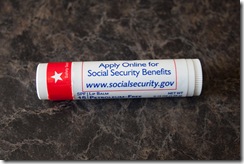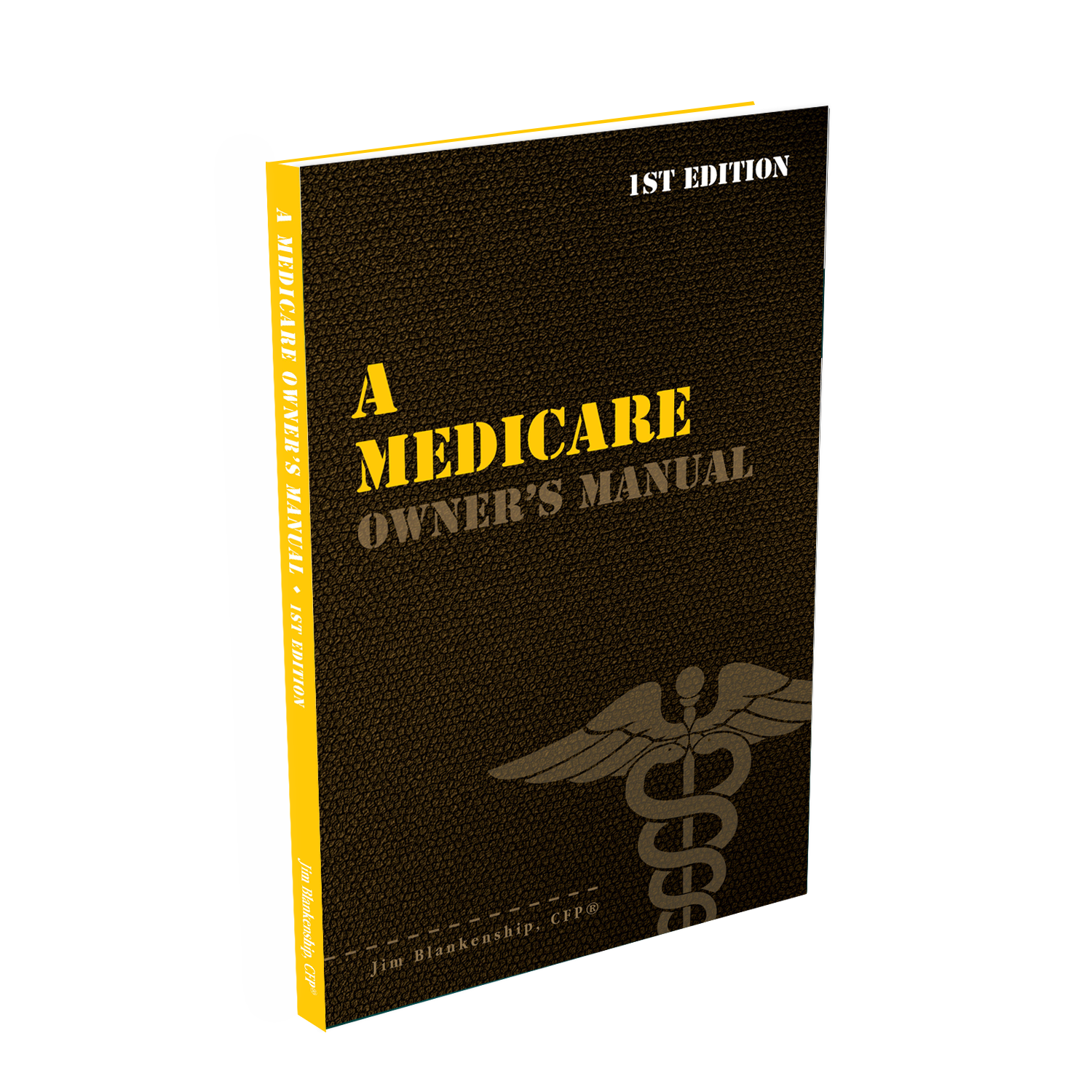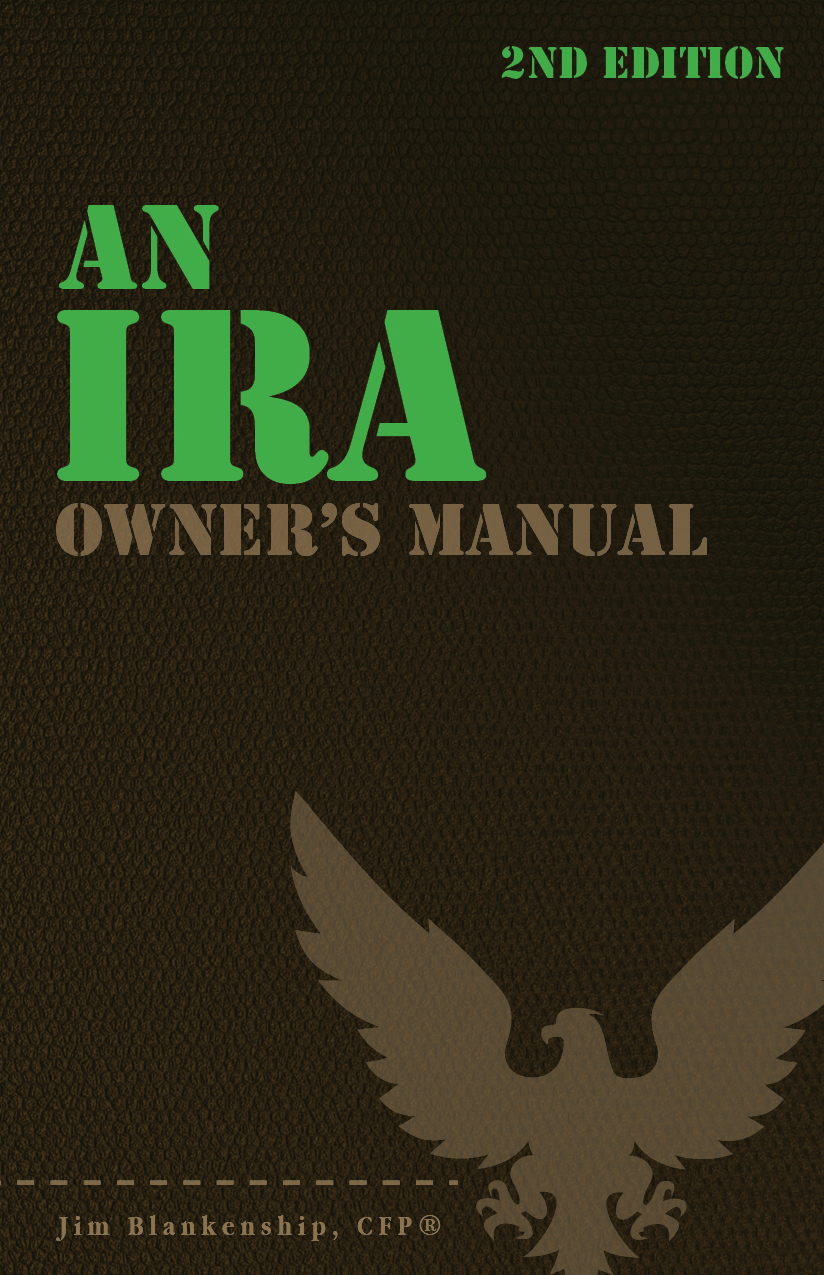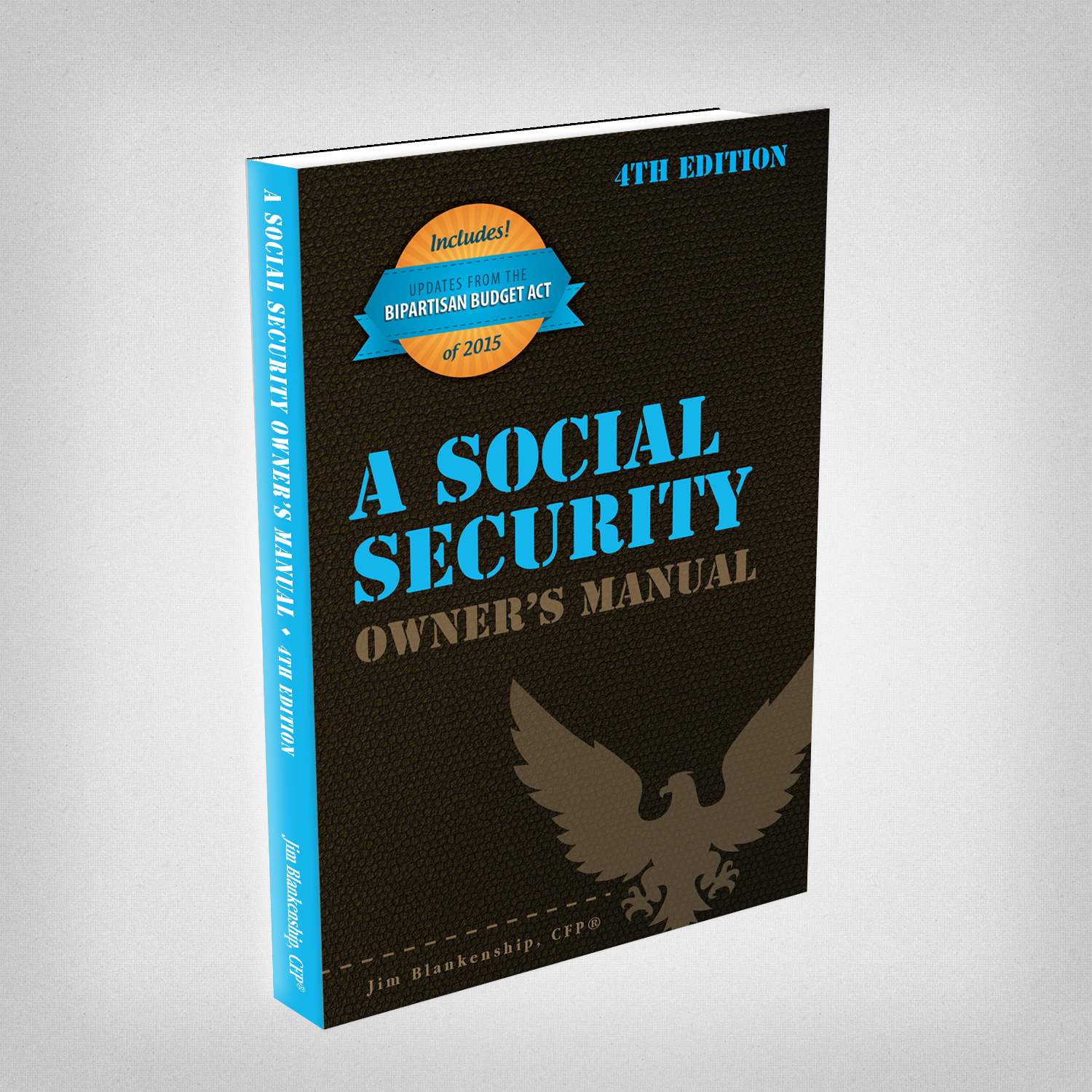 Recently the Social Security Trustees released the 2018 Trust Fund Report. As has been the case over the past several years, the outlook for the Trust Fund is not good. As of 2018, the projection is that by the year 2034, the Trust Fund will be exhausted, and future benefit payments will have to be made solely from current tax receipts. If this is the case and no changes are made to the Social Security system, future benefits will have to be reduced by 23% going forward.
Recently the Social Security Trustees released the 2018 Trust Fund Report. As has been the case over the past several years, the outlook for the Trust Fund is not good. As of 2018, the projection is that by the year 2034, the Trust Fund will be exhausted, and future benefit payments will have to be made solely from current tax receipts. If this is the case and no changes are made to the Social Security system, future benefits will have to be reduced by 23% going forward.
Please note that this article is only addressing the OASI (Old-Age and Survivors Insurance) Trust Fund, not the DI (Disability Insurance) Trust Fund. DI Fund is actually in better shape than the OASI Fund.
As usual, this report was met with a common response – one tweet effectively said “Name one annuity company that has published that they will cut payments by 25% on their annuities in 16 years?” Much drama to be found…
Of course, that rhetorical question was misguided and had the facts wrong, but it’s indicative of the kind of angst such reports cause. So let’s look at the facts. There are two types of fact that apply here – mathematical and policy. Let’s look at the math first.
The tweet mentioned above was made in defense of a strategy to take benefits as early as possible. The historical result for early filers is often less than optimal. The system is designed to deliver more-or-less equal benefits over your lifetime regardless of when you file, if you live to the average age. But, just between you and me, we know you’re above average – oddly enough, so am I. Because of that, you and I can expect to live longer than the projected approximation of ages 82-84. And when we live longer than that, we will be mathematically “in the black” if we delay Social Security benefits as long as possible.
I know that no argument in the world is likely to change the mind of someone who is dead set on filing for Social Security benefits early. By all means, go ahead if it makes you feel better. In the end, the more that choose to file early, the better off the Trust Fund will be, because you’re leaving money in the system by short-changing yourself and your family. More for the rest of us! :-)
Keep in mind, this is not to say that there are not compelling circumstances in which early filing may be necessary. If you have no other (or not enough other) resources, or if you have ill health or an expectation that your lifetime would be shorter than the actuarial estimate, early filing may be your best option.
Facts from the Social Security 2018 Trust Fund Report
I mentioned previously that if no changes are made, the projection is that in 2034 benefits may have to be reduced by up to 23%. First of all, this is an improvement from recent years’ projections: as recently as 2013, the projected Trust Fund depletion was a year earlier (2033), and the required projected reduction thereafter was steeper at 25%. (This is likely where the Tweeter mentioned above got his information from.) So, although it’s not great news, the projections have actually improved in these intervening five years.
At the same time, the projected shortfall is based on nothing changing about the Social Security program. That’s extremely unlikely. But don’t expect any changes in the short term. Congress has a long, proud history of waiting until the last moment to avert crises.
To illustrate, here’s an excerpt from the 1980 Trust Fund Report (VIII. Conclusion):
Over the short term the OASI trust fund will face financial strains requiring policy actions. Without such actions, the OASI fund would be depleted in late 1981 or early 1982, depending on the course of the economy.
At that time, we were facing a depletion of the Trust Fund within one to two years! And guess what? Congress (promptly?) acted a little more than 2 years later (early 1983) by passing landmark legislation altering the Social Security program. This legislation augmented the input sources and outflows to produce a projection that in the 1984 Trust Fund Report (VII. Conclusion) indicated virtually no shortfall of trust fund amounts for the forseeable 75 year period. Of course, at that time no one could predict the kind of economy we’ve been seeing in the first two decades of the new millenium, which have (at least partly) been the blame for the accelerated projected exhaustion of the trust fund.
Something will be done, and of course it won’t be painless – but there will be action and the future of the Social Security program will be viable once again, at least for a while. There have been many efforts put forth as potential policy changes that could resolve this impending crisis – increase the wage base, means test the benefit payouts, and the like. Whatever it is, expect the changes to be unpopular, but effective to the extent that the program will continue paying benefits as promised.


 There are three factors that go into calculating your Social Security retirement benefit – your PIA (
There are three factors that go into calculating your Social Security retirement benefit – your PIA ( There is a provision in the Social Security system that many couples take advantage of – the spousal benefit. This benefit is applicable when one spouse has had little or no working history, such as a stay at home mom or dad, and where the other spouse has had a working career covered by Social Security, that has provided enough quarters of earnings to make him or her eligible for Social Security retirement benefits.
There is a provision in the Social Security system that many couples take advantage of – the spousal benefit. This benefit is applicable when one spouse has had little or no working history, such as a stay at home mom or dad, and where the other spouse has had a working career covered by Social Security, that has provided enough quarters of earnings to make him or her eligible for Social Security retirement benefits. So, you’ve decided that you’d like to begin taking distributions from your IRA funds – and you’re under age 59½, so you need to structure your distributions as a Series of Substantially Equal Periodic Payments (SOSEPP). (For more
So, you’ve decided that you’d like to begin taking distributions from your IRA funds – and you’re under age 59½, so you need to structure your distributions as a Series of Substantially Equal Periodic Payments (SOSEPP). (For more  Taking early withdrawals from your retirement plans is rarely a good idea, and should only be considered when it’s the last possible option available to you. But this article is more about the pain you could experience if you don’t handle a rollover correctly – bypassing the trustee-to-trustee transfer option and going with an indirect rollover.
Taking early withdrawals from your retirement plans is rarely a good idea, and should only be considered when it’s the last possible option available to you. But this article is more about the pain you could experience if you don’t handle a rollover correctly – bypassing the trustee-to-trustee transfer option and going with an indirect rollover. Generally, in order to begin receiving Social Security benefits, you must submit an application to the Social Security Administration. Similarly, an application is required (in general) in order to receive Medicare benefits. But there are some circumstances where you can begin receiving Social Security benefits or Medicare without the need for an application.
Generally, in order to begin receiving Social Security benefits, you must submit an application to the Social Security Administration. Similarly, an application is required (in general) in order to receive Medicare benefits. But there are some circumstances where you can begin receiving Social Security benefits or Medicare without the need for an application. Here’s a little fact that you may not realize: when you assign a beneficiary for your IRA account, you are effectively bypassing any outside action against that account, including your will – assuming that the beneficiary assigned is appropriate.
Here’s a little fact that you may not realize: when you assign a beneficiary for your IRA account, you are effectively bypassing any outside action against that account, including your will – assuming that the beneficiary assigned is appropriate.
 As we’ve discussed elsewhere, your Social Security benefit is
As we’ve discussed elsewhere, your Social Security benefit is 
 As a self-employed small business owner, you have lots of plates to keep spinning, and lots of additional costs that you never dreamed of when you were employed by someone else (if you ever were), like health insurance, for example. Another cost that you have to deal with when self-employed is Self-Employment tax.
As a self-employed small business owner, you have lots of plates to keep spinning, and lots of additional costs that you never dreamed of when you were employed by someone else (if you ever were), like health insurance, for example. Another cost that you have to deal with when self-employed is Self-Employment tax. There are two important records that you need to keep if you’re planning to be successful in managing your finances – a budget and a net worth statement. In this post we’ll talk about how to make a budget, and the benefits of having one. (I can almost hear you groan: Great, the financial guy says I need a budget. I can’t stand the idea of a budget!)
There are two important records that you need to keep if you’re planning to be successful in managing your finances – a budget and a net worth statement. In this post we’ll talk about how to make a budget, and the benefits of having one. (I can almost hear you groan: Great, the financial guy says I need a budget. I can’t stand the idea of a budget!)

 If you think you may be returning to this employer, it might make sense to leave your funds where they are. This is especially true for government employers with section 457 plans – due to the nature of these plans’ ability to provide you with retirement income without penalty much earlier than an IRA or 401k can. With the vagaries of governmental policy changes, if you’ve withdrawn and closed your account and come back to work for the same agency, the old plan may no longer be available to you since you’re a “new” participant.
If you think you may be returning to this employer, it might make sense to leave your funds where they are. This is especially true for government employers with section 457 plans – due to the nature of these plans’ ability to provide you with retirement income without penalty much earlier than an IRA or 401k can. With the vagaries of governmental policy changes, if you’ve withdrawn and closed your account and come back to work for the same agency, the old plan may no longer be available to you since you’re a “new” participant.

 checkup. This alert was part of the IRS’ communication IR-2018-80.
checkup. This alert was part of the IRS’ communication IR-2018-80.
 As a retiree, you may have a bit more difficulty determining if your withheld tax throughout the year is going to be enough. This is especially true in 2018, with the new tax tables and rules associated with the Tax Cuts and Jobs Act of 2017. For this reason, you may want to do a mid-year estimated payments checkup, to help ensure you’re having enough (but not too much) tax withheld.
As a retiree, you may have a bit more difficulty determining if your withheld tax throughout the year is going to be enough. This is especially true in 2018, with the new tax tables and rules associated with the Tax Cuts and Jobs Act of 2017. For this reason, you may want to do a mid-year estimated payments checkup, to help ensure you’re having enough (but not too much) tax withheld.
 Sterling Raskie, MSFS, CFP®, ChFC®
Sterling Raskie, MSFS, CFP®, ChFC® The latest in our Owner’s Manual series, A 401(k) Owner’s Manual, was published in January 2020 and is available on
The latest in our Owner’s Manual series, A 401(k) Owner’s Manual, was published in January 2020 and is available on  A Medicare Owner’s Manual, is updated with 2020 facts and figures. This manual is available on
A Medicare Owner’s Manual, is updated with 2020 facts and figures. This manual is available on  Social Security for the Suddenly Single can be found on Amazon at
Social Security for the Suddenly Single can be found on Amazon at  Sterling’s first book, Lose Weight Save Money, can be
Sterling’s first book, Lose Weight Save Money, can be  An IRA Owner’s Manual, 2nd Edition is available for purchase on Amazon. Click the link to choose the
An IRA Owner’s Manual, 2nd Edition is available for purchase on Amazon. Click the link to choose the  Jim’s book – A Social Security Owner’s Manual, is now available on Amazon. Click this link for the
Jim’s book – A Social Security Owner’s Manual, is now available on Amazon. Click this link for the  And if you’ve come here to learn about queuing waterfowl, I apologize for the confusion. You may want to discuss your question with Lester, my loyal watchduck and self-proclaimed “advisor’s advisor”.
And if you’ve come here to learn about queuing waterfowl, I apologize for the confusion. You may want to discuss your question with Lester, my loyal watchduck and self-proclaimed “advisor’s advisor”.